Stamped Concrete Installation Timing
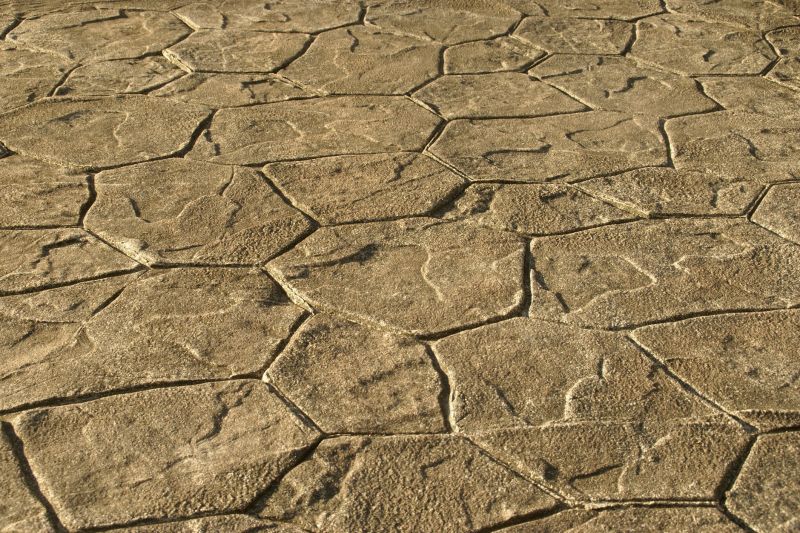
Spring offers mild temperatures ideal for stamped concrete application, reducing the risk of cracks.
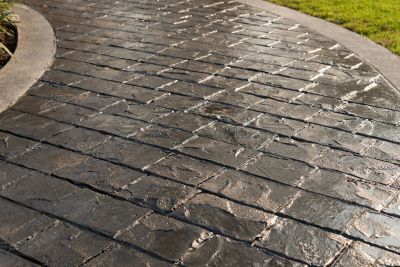
Summer provides longer daylight hours, but high temperatures should be managed to ensure proper curing.
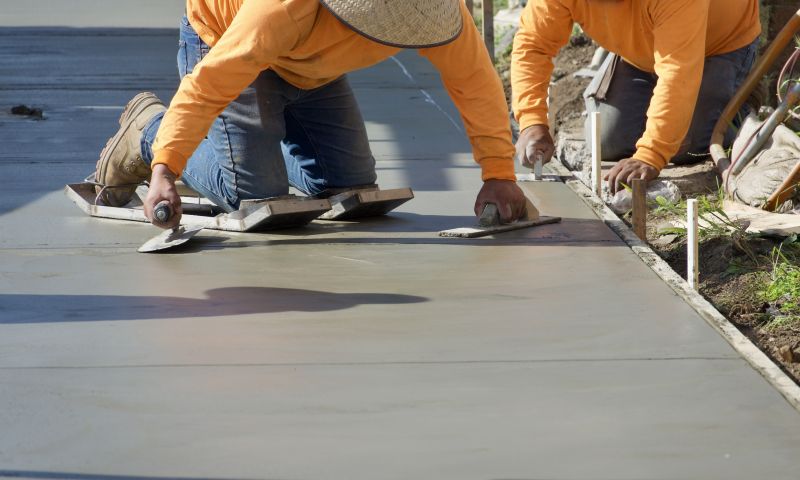
Fall's cooler weather allows for effective installation with less interference from rain or extreme heat.

Ways to make Stamped Concrete Service work in tight or awkward layouts.
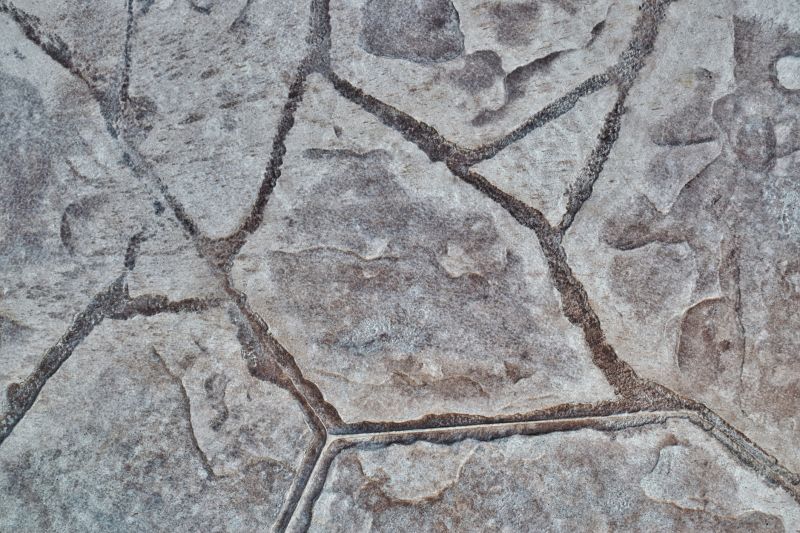
Popular materials for Stamped Concrete Service and why they hold up over time.
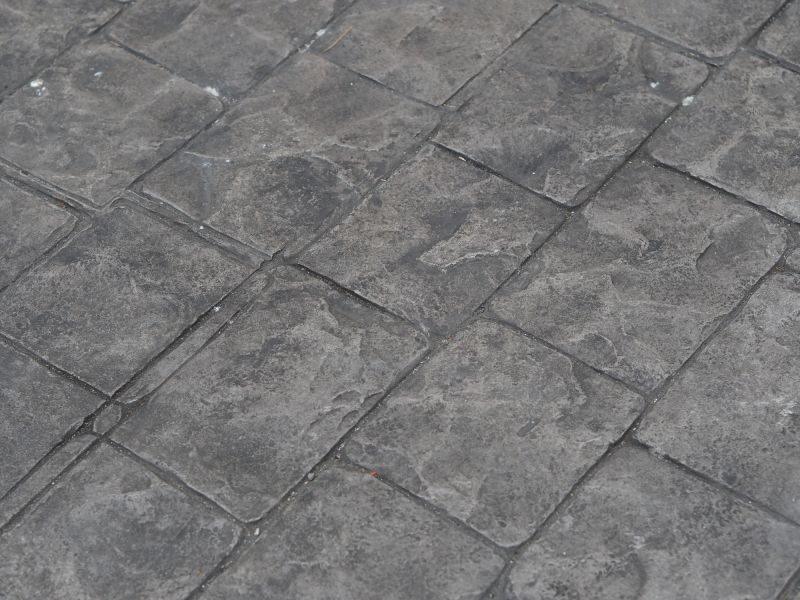
Simple add-ons that improve Stamped Concrete Service without blowing the budget.
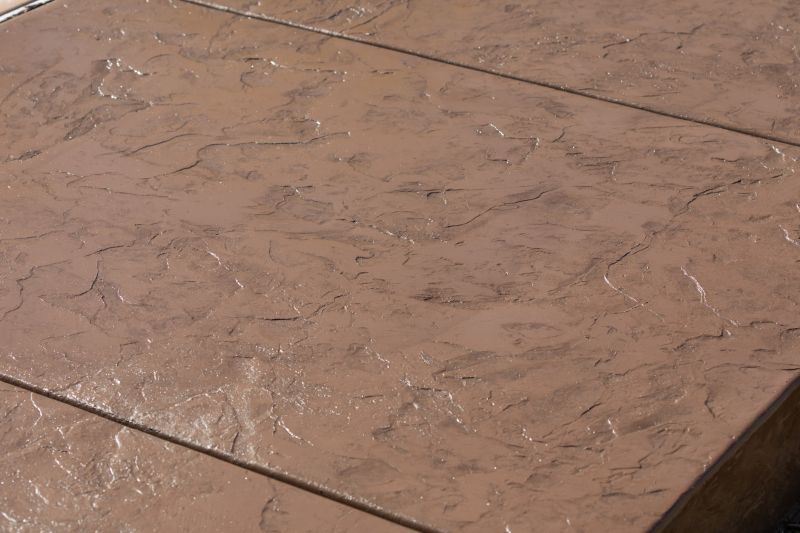
High-end options that actually feel worth it for Stamped Concrete Service.
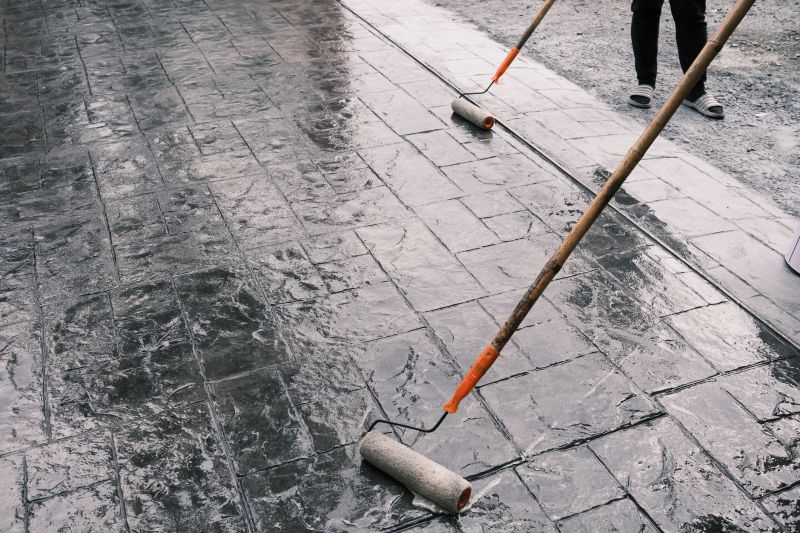
Finishes and colors that play nicely with Stamped Concrete Service.
Stamped concrete service involves applying decorative patterns and textures to concrete surfaces, enhancing aesthetic appeal and durability. This process is popular for patios, driveways, and walkways due to its versatility and cost-effectiveness. Proper timing ensures optimal curing and adhesion, resulting in a long-lasting finish. Seasonal considerations can significantly influence the quality and longevity of stamped concrete installations.
Statistics indicate that the majority of stamped concrete projects are completed during spring and fall, when weather conditions favor optimal curing and minimal disruptions. Installing during these periods can reduce the likelihood of cracks, uneven textures, or delays caused by weather-related issues. Planning installations during suitable seasons can also help in maintaining the integrity of the decorative patterns over time.
Ideal temperatures range from 50 to 80 degrees Fahrenheit with low humidity for best results.
Proper site preparation and timing are essential for ensuring even curing and adhesion of stamped patterns.
Avoid installation during freezing temperatures or heavy rain to prevent damage and delays.
Allow at least 7 days for proper curing before exposing the surface to heavy use.
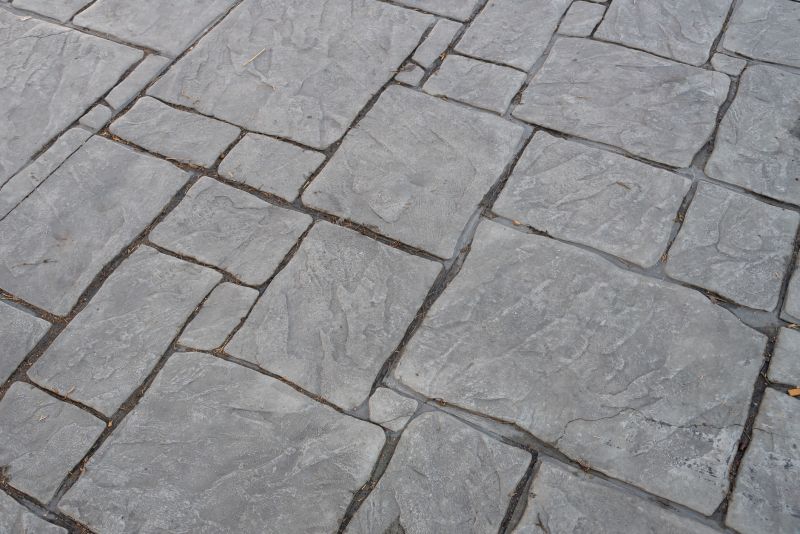
A variety of patterns and colors enhance outdoor spaces.
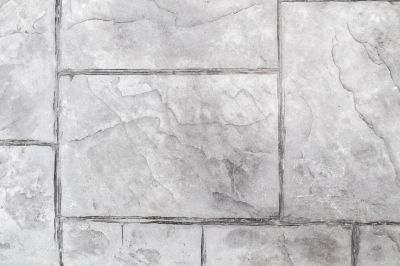
Careful application ensures durability and aesthetic appeal.
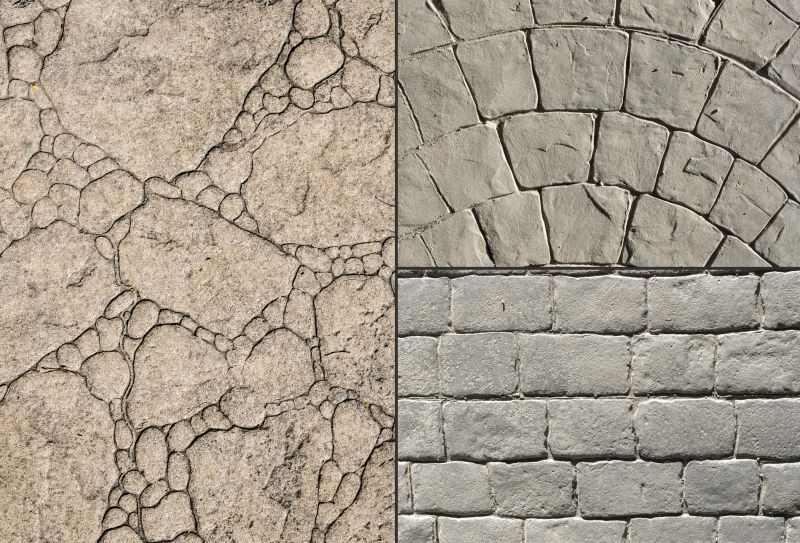
Integral and overlay coloring options provide customized looks.
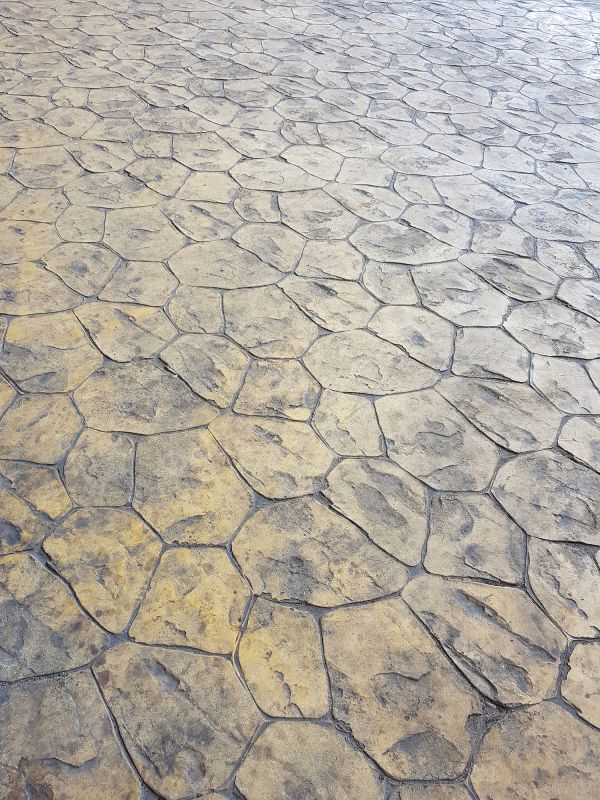
Textures mimic stone, brick, or slate for versatile design options.

Proper sub-base and leveling are critical for success.

Sealing protects against stains and enhances appearance.
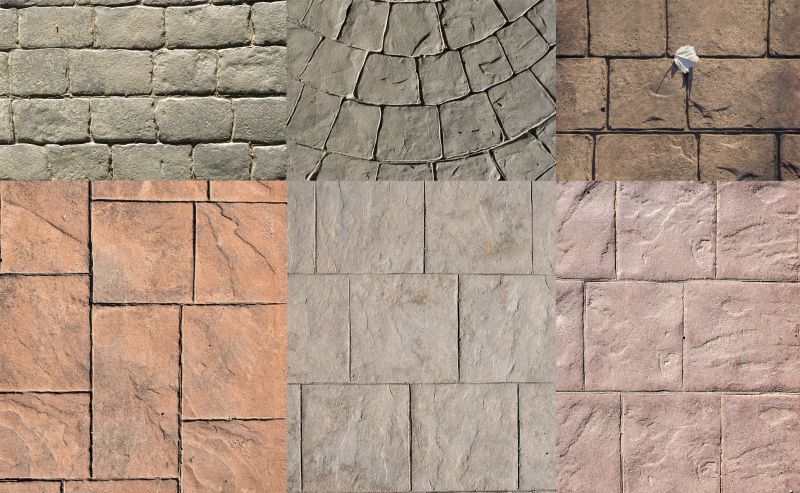
Multiple patterns are available to suit different architectural styles.
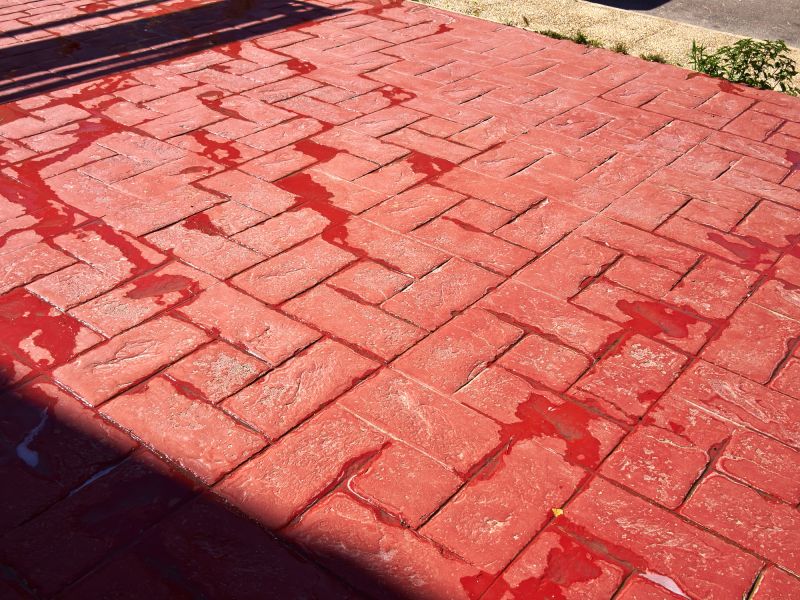
Regular cleaning and resealing extend the life of stamped concrete.
| Season | Best Conditions |
|---|---|
| Spring | Mild temperatures and low humidity |
| Summer | Long daylight hours, manage heat |
| Fall | Cool, stable weather |
| Winter | Not recommended due to freezing temperatures |
| Rainy periods | Avoid to prevent delays and damage |
| High heat days | Careful management needed |
| Cold snaps | Avoid due to cracking risk |
Interested in stamped concrete service? Filling out the contact form can provide detailed information and scheduling options. Proper timing and planning are essential for achieving the best results and ensuring the longevity of decorative concrete surfaces.

